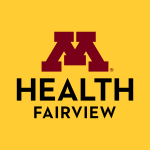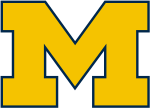The Gopher Way

The Gopher Way is a system of discontinuous tunnels and skyways on the University of Minnesota, Twin Cities campus which connects many buildings. The system is open during the normal business hours of the buildings it occupies, while some portions are open 24 hours a day. Access policies are posted at the entrances of connected buildings. It is one of three skyway/tunnel systems in the Twin Cities area. The other two occupy both downtown Minneapolis and downtown St. Paul. The system is segmented into eight parts: the West Bank; the Knoll and Mall areas; the Health and Gateway areas; and five smaller segments on the St. Paul campus. Parking structures are also connected to the Gopher Way. It is entirely possible for one to park, attend classes, eat lunch, and drive home without setting foot outdoors, but given the discontinuous nature of it, few people actually do.
Excerpt from the Wikipedia article The Gopher Way (License: CC BY-SA 3.0, Authors, Images).The Gopher Way
Southeast Church Street, Minneapolis
Geographical coordinates (GPS) Address Nearby Places Show on map
Geographical coordinates (GPS)
| Latitude | Longitude |
|---|---|
| N 44.973055555556 ° | E -93.233888888889 ° |
Address
Jackson Hall
Southeast Church Street 321
55455 Minneapolis
Minnesota, United States
Open on Google Maps




